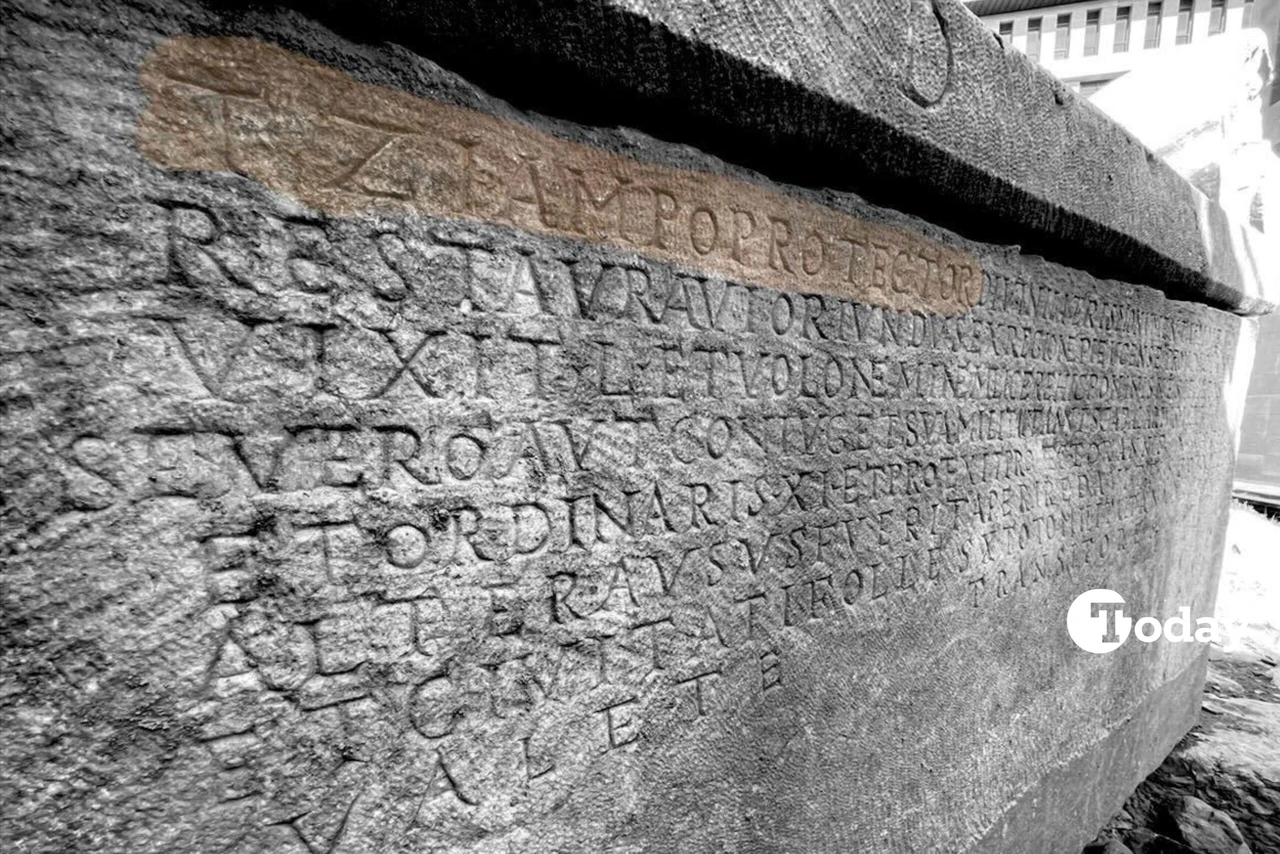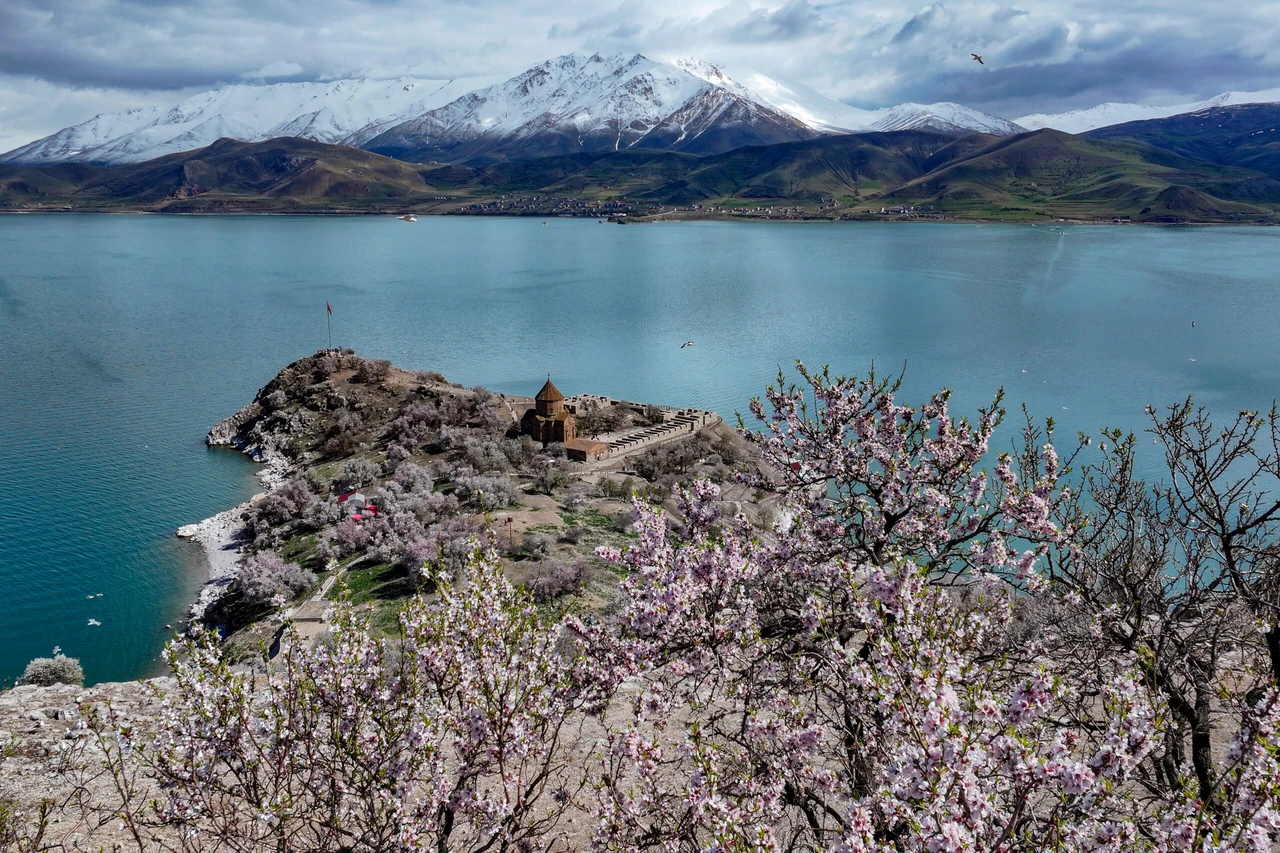Archaeologists reveal 10,000 years of settlement at Türkiye’s Amida Hoyuk
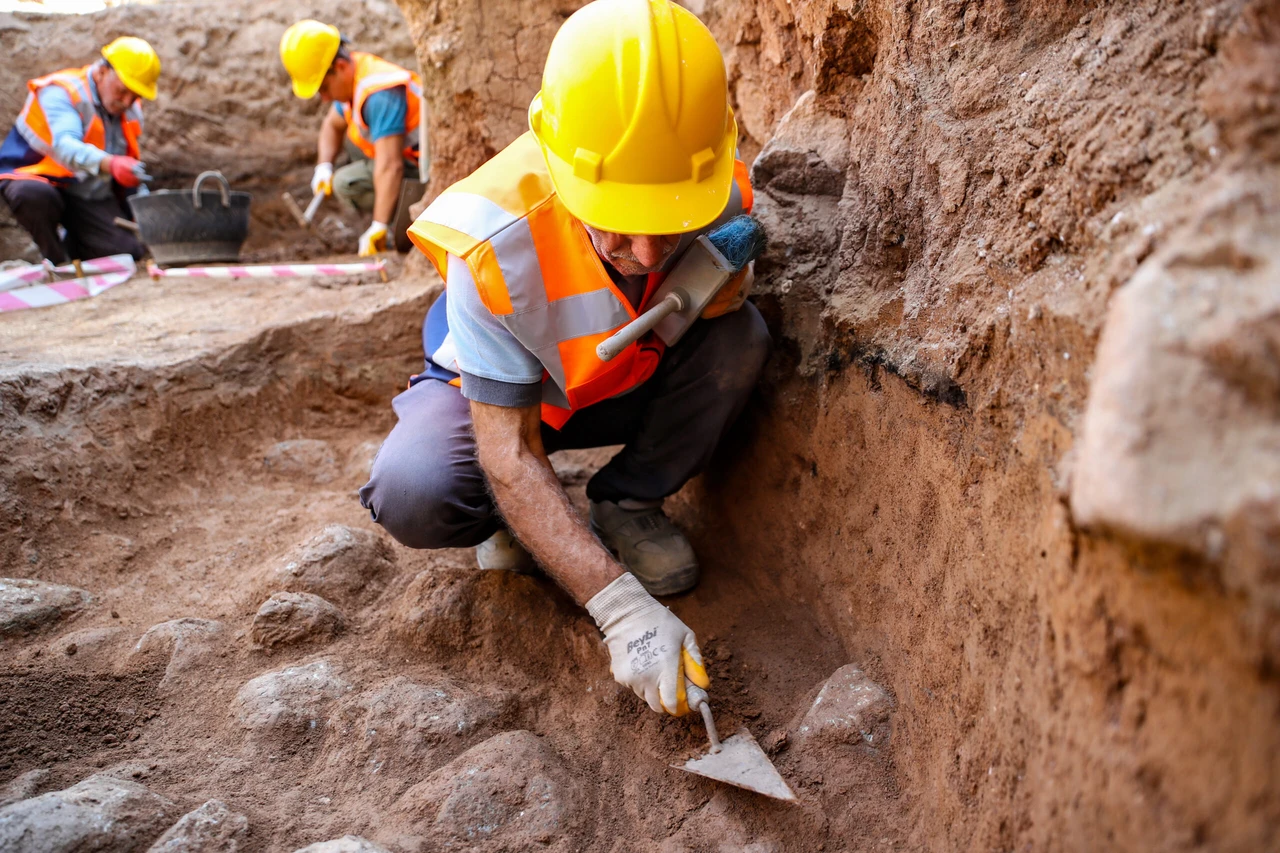 Excavation work at Amida Mound in Diyarbakir, Türkiye, October 18, 2024. (AA Photo)
Excavation work at Amida Mound in Diyarbakir, Türkiye, October 18, 2024. (AA Photo)
Excavations at the Amida Hoyuk (Mound), often called the “heart of Diyarbakir,” have uncovered evidence that suggests human settlement at this historic site dates back 10,000 years, potentially altering the known timeline of the region’s history.
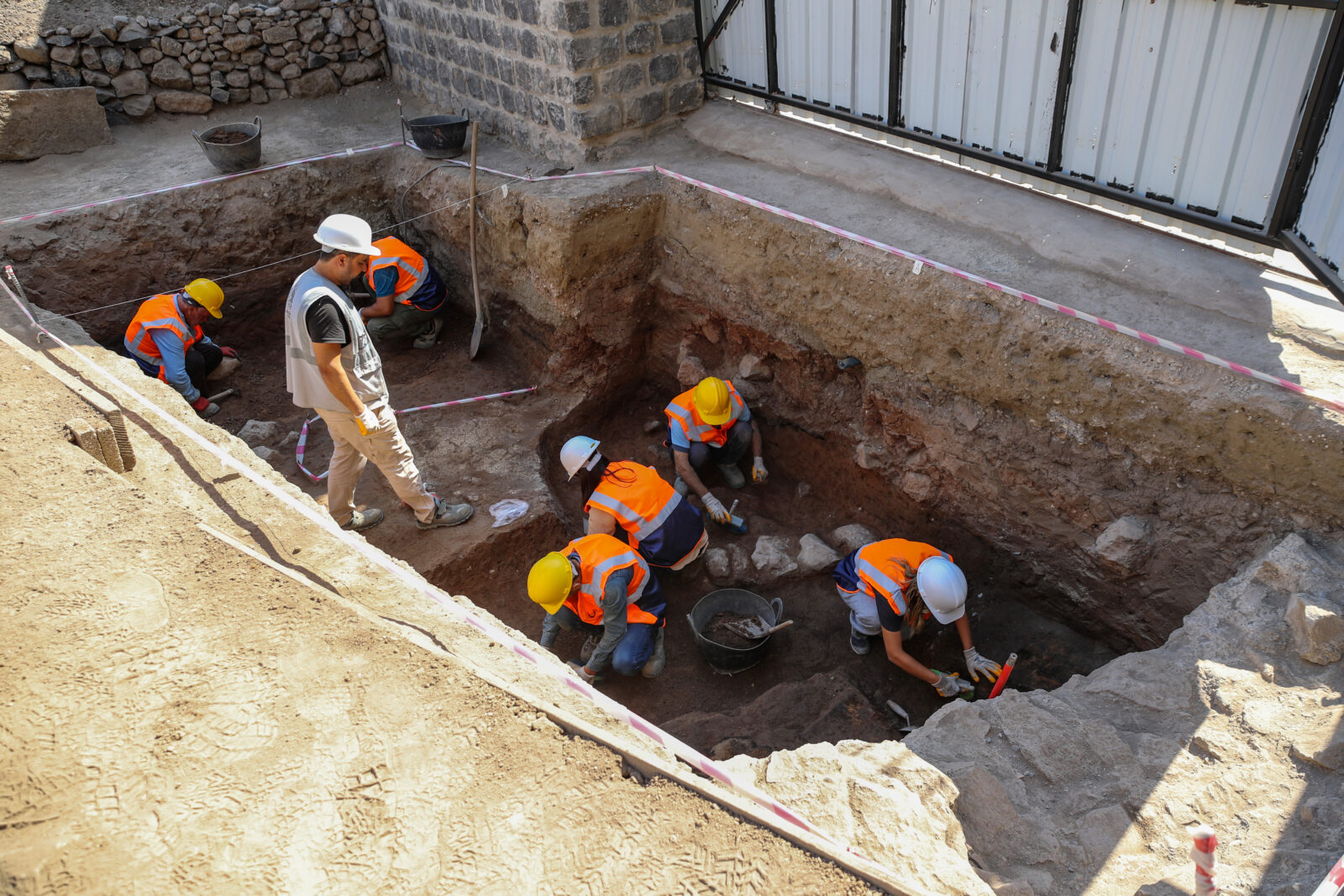
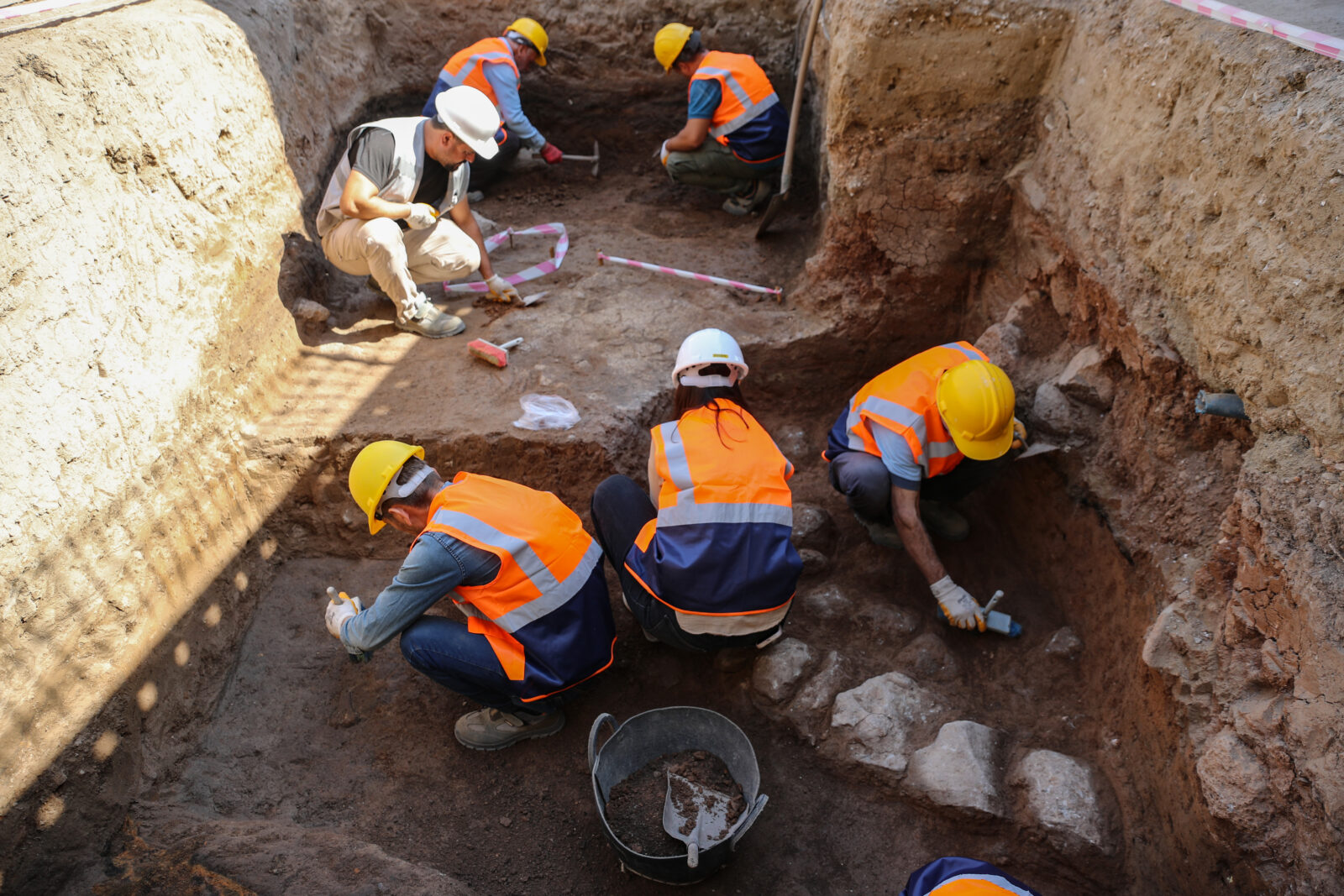
Settlement through ages
The Amida Mound has served as a hub for various civilizations over millennia, including the Hurri-Mitanians, Urartians, Assyrians, Medes, Persians, Tigran the Great Kingdom, Romans, Sassanids, Byzantines, Umayyads, Abbasids, Marwanids, Seljuks, Artuqids, Ayyubids, Aq Qoyunluids, Safavids and Ottomans. Excavations began in 2018 under the direction of professor Irfan Yildiz from Dicle University’s Faculty of Education, with support from the Ministry of Culture and Tourism.
Discoveries so far include remnants of ancient infrastructure such as 1,800-year-old water channels, a heating system, 1,700-year-old burial chambers, and 800-year-old marble artifacts. Uniquely, the site also revealed 782 World War I grenades, adding a modern historical layer to the area’s diverse past. Current excavations are concentrated on the area south of the Artuklu Palace’s reception hall, particularly between Saraykapi and the King’s Road.
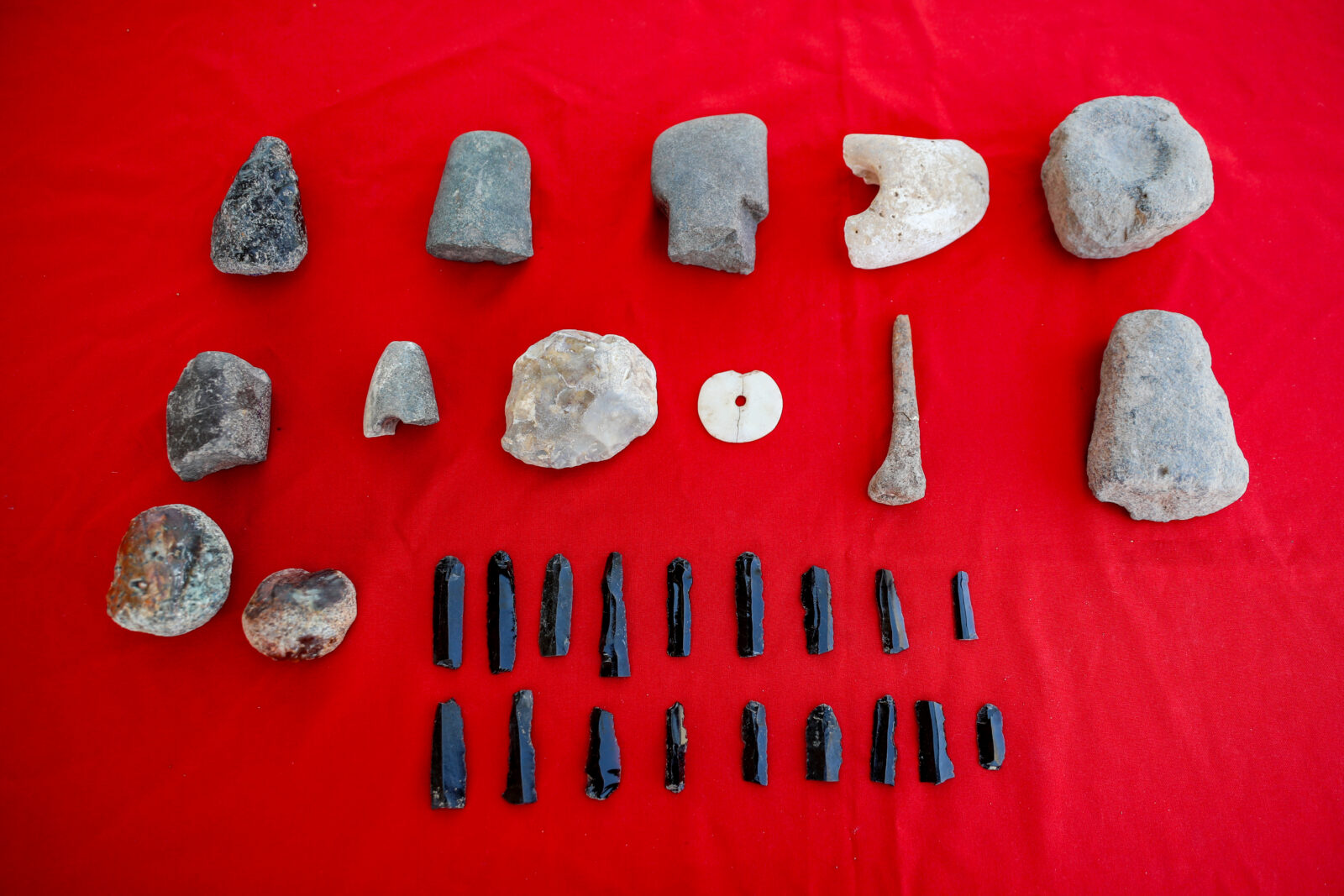
Traces of fire hint at ancient past
Professor Yildiz highlighted findings from a trench near the damaged section of Saraykapi and the King’s Road, where evidence of multiple fires was uncovered.
“During our work, we identified three distinct burn layers within the trench, consistent with earlier findings from the base of the mound. Carbon-14 dating revealed that the first burn layer occurred around 6,764 B.C., the second around 5,721 B.C., and the third around 5,518 B.C.,” explained Yildiz.
“This indicates that Amida was burned three times between 7,000 and 5,000 B.C. The first layer, dating back to 6,764 BC, shows particularly intense fire marks, some ranging between 5 to 10 centimeters deep, suggesting a city engulfed in flames that lasted for days.”
Yildiz noted that civilizations in Amida continued to build on the remnants of previous settlements. Beneath the 7,000 B.C. fire layer, archaeologists discovered obsidian tools dating back to 8,000 B.C., illustrating the mound’s deep-rooted history. Ceramic fragments and stone artifacts found in the same trench further indicate continuous habitation over the last 10,000 years.
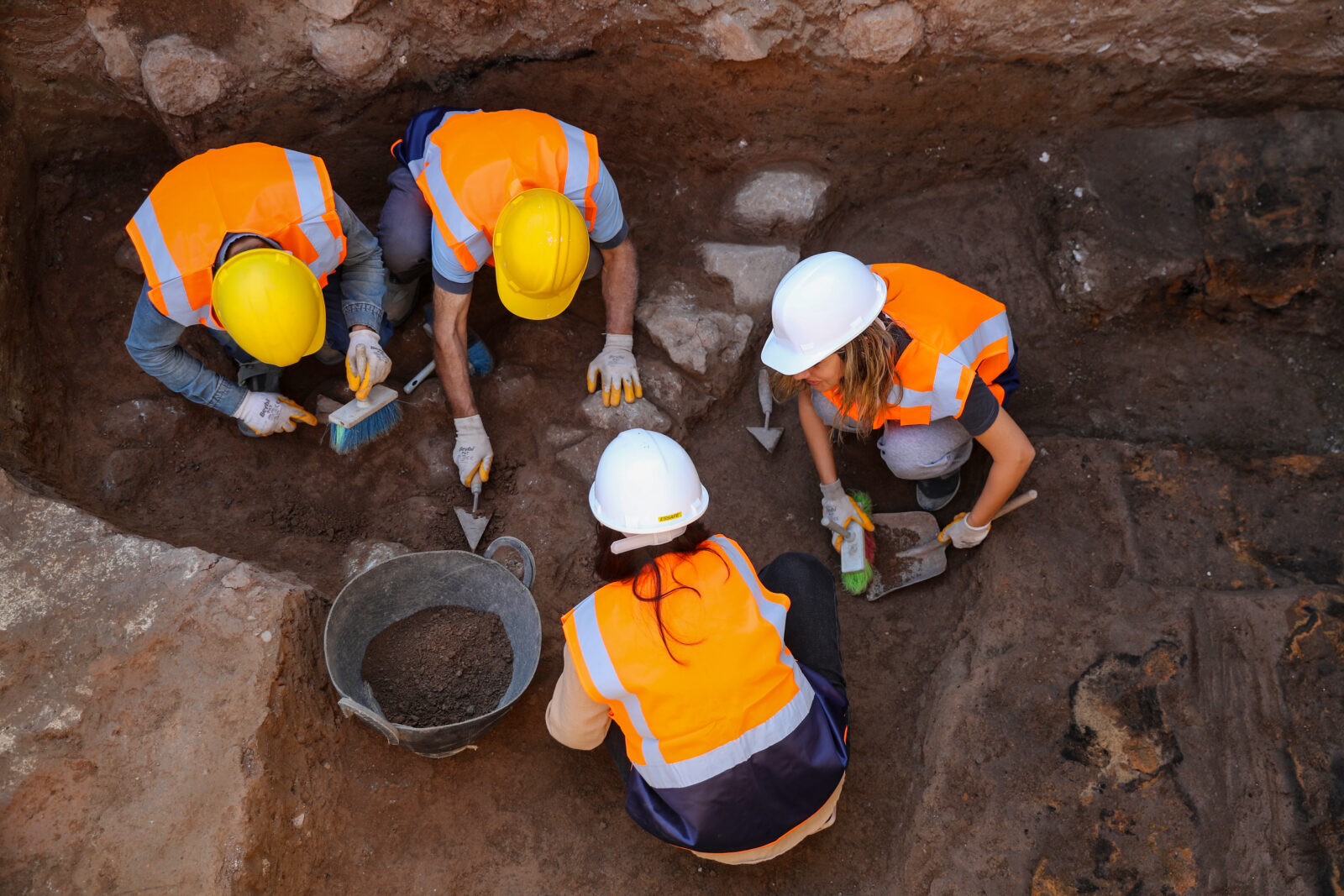
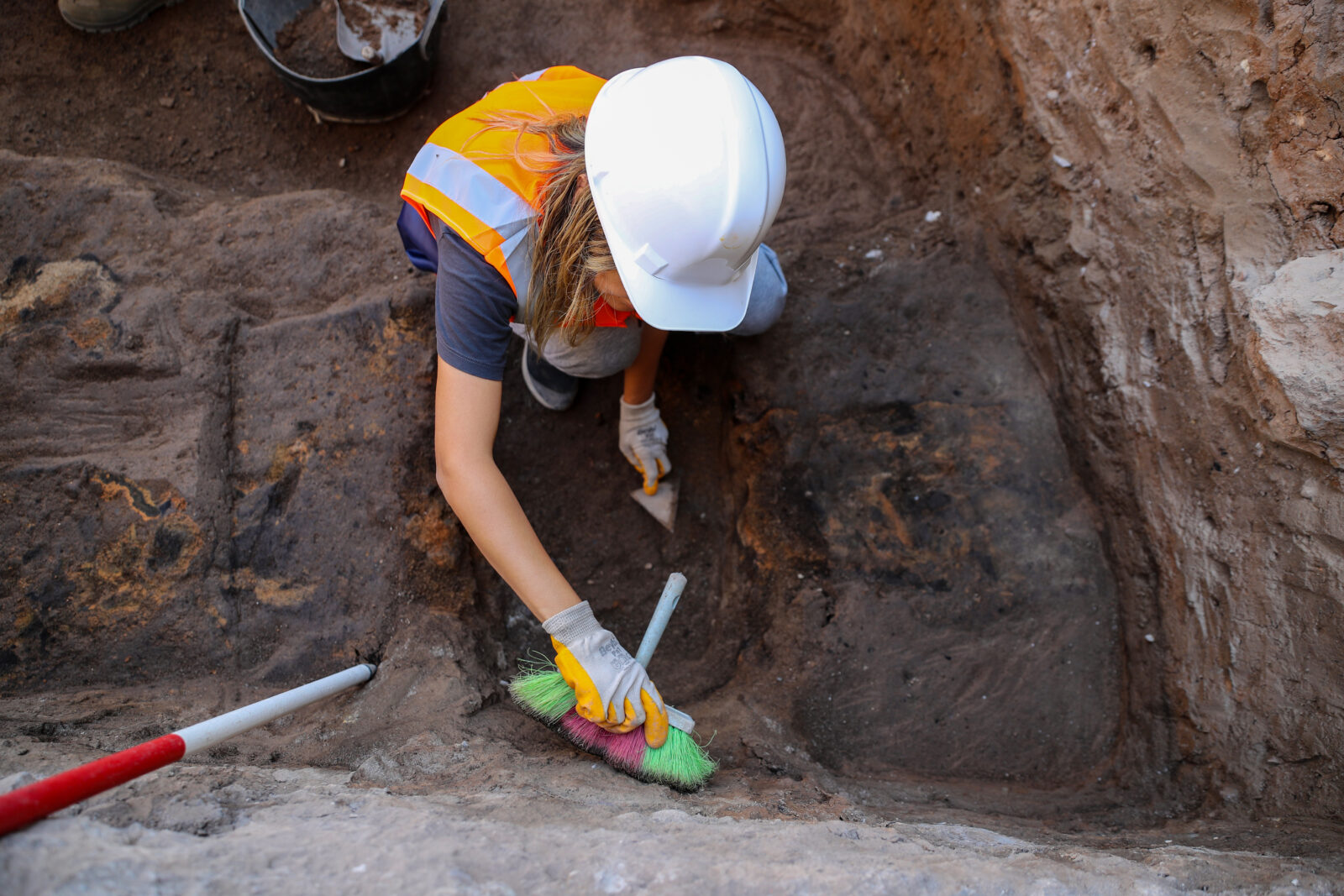

Changing historical narrative of Diyarbakir
“When we initially began excavating at Amida Mound, we estimated its history to start around 3,500 B.C. However, our findings have continually pushed this date back. Evidence in our current trench suggests settlement began 10,000 years ago,” Yildiz stated, hinting that further excavations might reveal even older evidence.
“It is highly probable that we will uncover data dating back to 9,000 B.C., which is around 11,000 years ago, or even earlier. When we examine the broader region, settlements like Kortik Tepe, Hasankeyf Mound, and Gobeklitepe suggest that habitation started around 10,500 B.C., extending as far back as 12,500 B.C.
Amida Mound is likely to align with these dates. For now, we can confidently state that continuous settlement began here 10,000 years ago, uninterrupted through various historical periods. This is a unique feature of Amida Mound,” Yildiz emphasized.

Amida Mound could rival Jericho’s record
Yildiz remarked that the ancient city of Jericho, in present-day Palestine, is often cited as the world’s oldest continuously inhabited city, with settlements dating back 11,000 years.
“Amida Mound ranks a close second, with settlement starting around 9,000 years ago. However, with the latest findings, we can now confidently place its origins at 10,000 years ago. The data clearly supports this, and ongoing work in the trench might eventually allow us to extend this date back to 11,000 years ago,” he added. “Amida Mound stands as a candidate to redefine the history of Diyarbakir and its surrounding regions.”
As excavations continue, the Amida Mound is set to reveal even more secrets, promising to be a pivotal site in understanding the ancient past of Türkiye.

